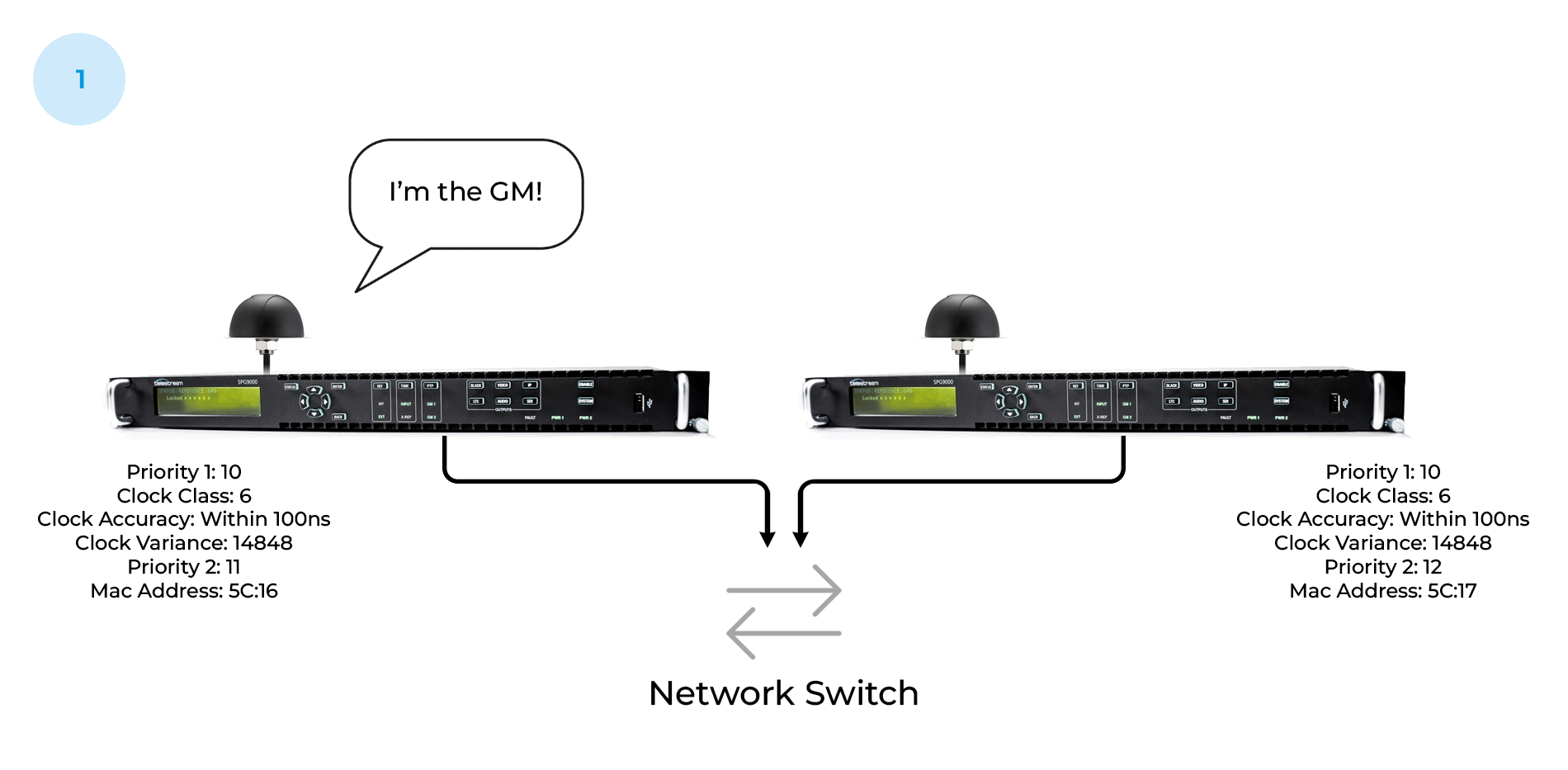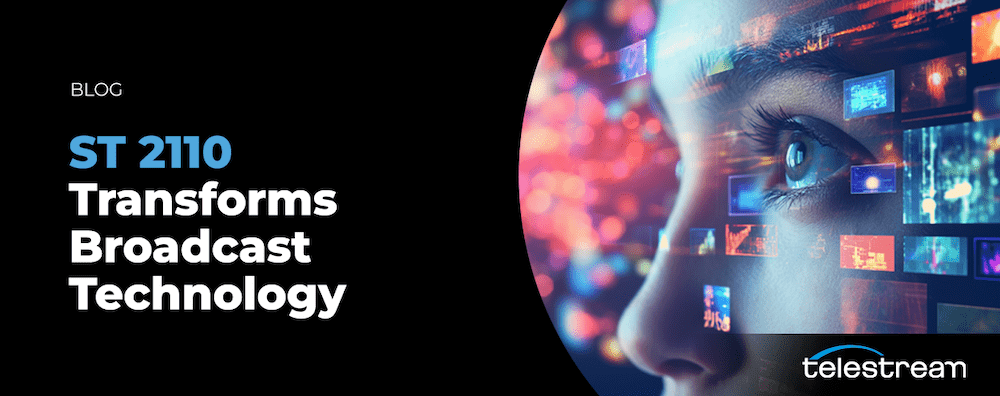The broadcast industry is undergoing a significant transformation with the adoption of SMPTE ST 2110, a suite of standards that usher in a new era of IP-based media transport. This transition is compelling professionals to familiarize themselves with new technologies for synchronizing signals. Understanding these emerging ST 2110 standards is crucial as the broadcast industry shifts away from traditional methods towards more advanced and efficient practices.
The Legacy of Analog Reference in Television
Since the inception of television, analog reference signals have been the backbone of broadcast synchronization. References like Black Burst and Tri-Level Sync have remained largely unchanged over the decades. These analog reference signals ensure that all devices within a broadcast facility are locked to a known good clock, maintaining synchronization across various equipment. Electrical changeovers are commonly used to switch between different clock sources, ensuring continuous operation and reliability in case of a failure.
The Advent of SMPTE ST 2110: Entering the Digital Age
With the adoption of SMPTE ST 2110, the industry is moving towards a packet-based approach for transporting video, audio, and ancillary data over IP networks. Key to this transition is SMPTE ST 2059, which outlines the use of the Precision Time Protocol (PTP) for synchronizing media clocks. PTP, as defined by IEEE 1588, provides a method for precise time synchronization over IP networks.
A crucial component of this system is the Best Master Clock Algorithm (BMCA), which automatically selects the most accurate clock source available. The BMCA continuously evaluates the quality of available clocks and switches to the best one, similar to how an electrical changeover unit operates in analog systems. This ensures that all devices in the network are synchronized to a highly accurate and reliable time source.
Enhancing Stability with Dynamic Priority

While the BMCA is an excellent mechanism for maintaining synchronization, it sometimes makes Grandmaster (GM) changes based on predefined priority levels, which may not always reflect the real-time needs of the facility. This is where Dynamic Priority comes into play. By dynamically adjusting a clock’s priority level, the system can prevent unnecessary GM changes, ensuring a more stable synchronization environment. This added flexibility allows for better management of clock sources, particularly in complex broadcast facilities where stability is paramount.
The Best Master Clock Algorithm (BMCA) is an automatic process based on the priority levels configured by the user and device and is effective for maintaining synchronization. However, this automated process can sometimes trigger changes to the GM that may not be absolutely necessary. For instance, a change from primary to backup due to atmospheric conditions. After the storm has passed and the primary receivers is able to decode the signal it would take over again as the GM. However, this would not actually be required, and it would be preferrable for engineering to choose when to make a change back to the primary or investigate the GNSS receiver on the primary to improve signal performance.
Dynamic Priority addresses these types of issues by allowing priority levels to be adjusted within ranges that would prevent an automatic change over to occur. This capability functions similarly to an electrical changeover unit for black burst or tri-level signals, providing stable reference clocking without reverting to the initial GM solely due to lower non-dynamic priority levels. If two clocks are equivalent in terms of accuracy and stability, there is no practical difference between them, and users should not be compelled to switch back to a clock based merely on a predefined priority value. By enabling dynamic priority adjustments, the system minimizes unnecessary GM changes, ensuring a more stable and reliable synchronization environment. This flexibility is especially valuable in complex broadcast facilities where maintaining stability is crucial.
Conclusion
The shift from analog to digital synchronization methods in broadcast technology marks a significant evolution in the industry. The adoption of SMPTE ST 2110 and the integration of PTP through SMPTE ST 2059 are paving the way for more efficient and reliable broadcast operations. While the BMCA provides a robust framework for time synchronization, incorporating Dynamic Priority can further enhance system stability, ensuring smooth and uninterrupted broadcast services. As the industry continues to evolve, staying informed about these advancements is essential for broadcast professionals.
If you’d like to read our white paper on Commissioning Testing for PTP Grandmaster Changeover, view our blog.


ST 2110 is the new revolution in broadcast industry where PTP plays the vital role